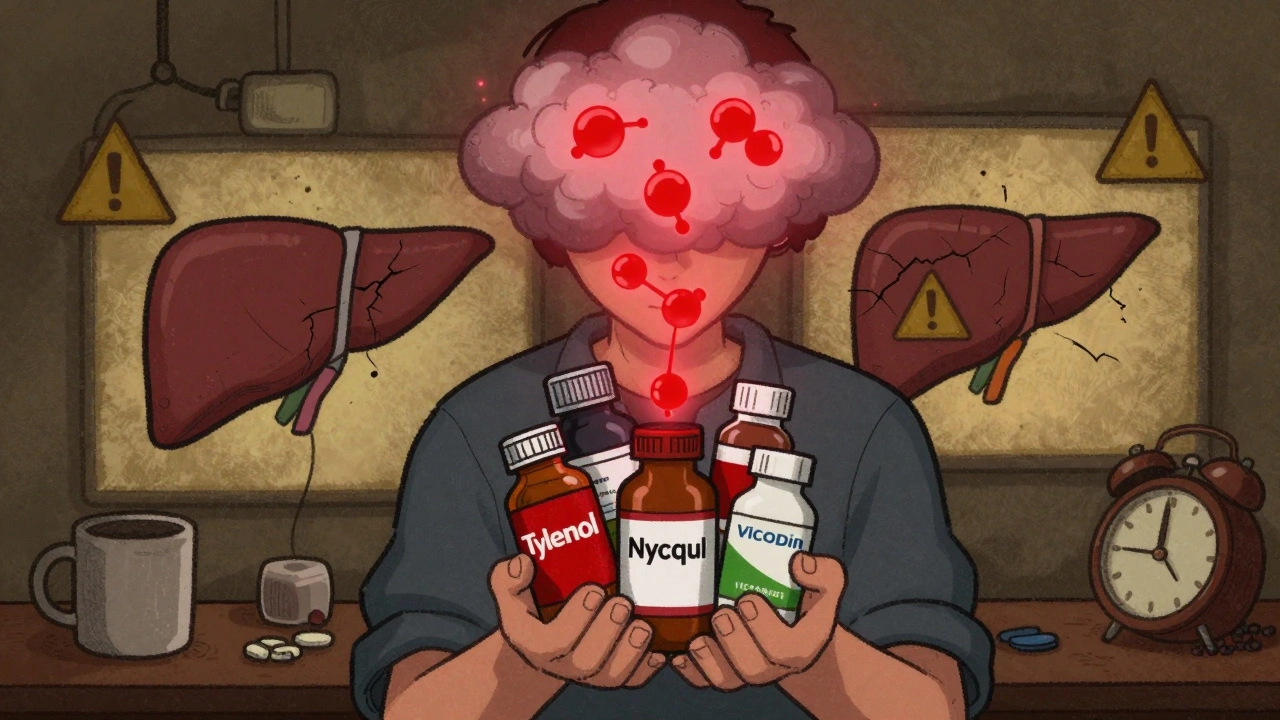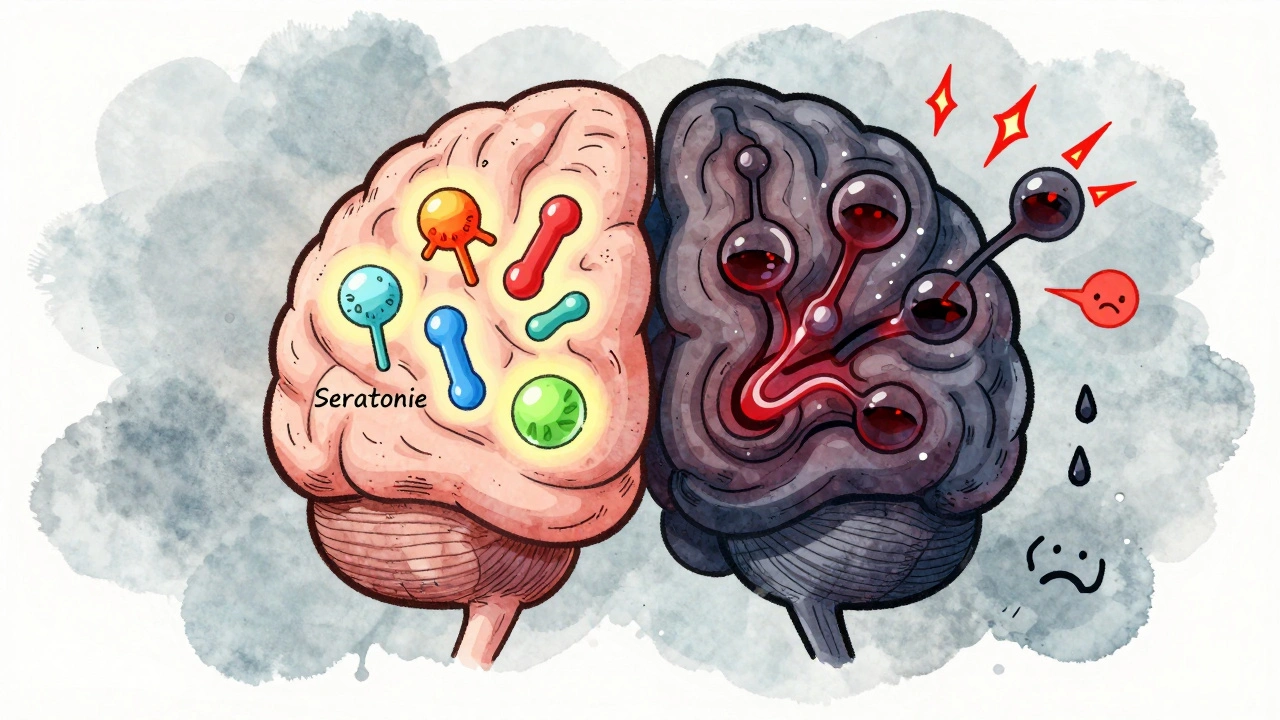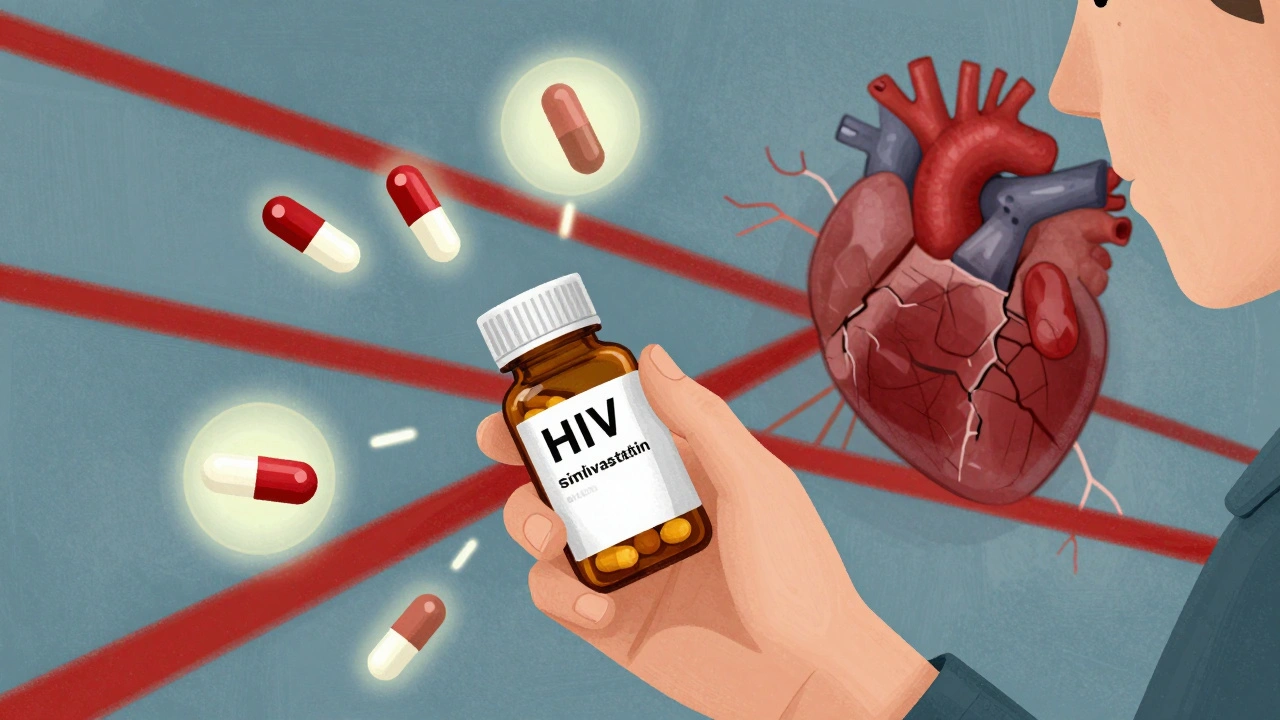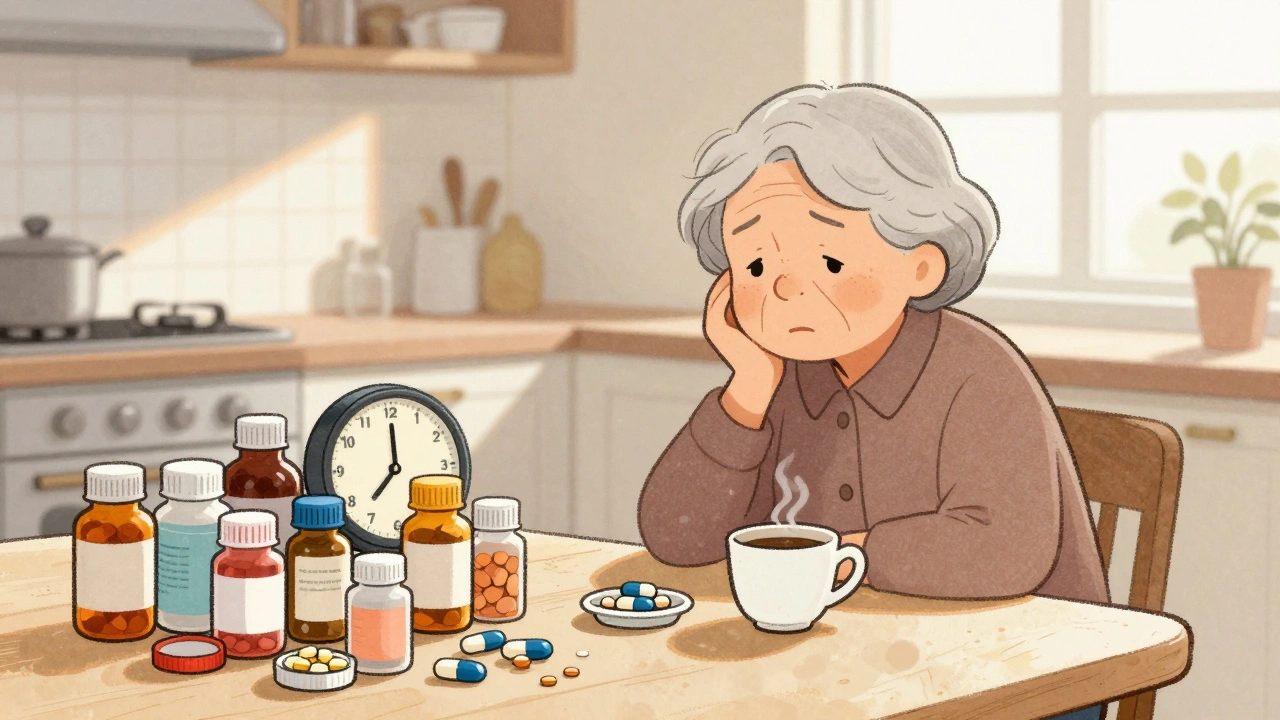Heart Failure Meds: Your Practical Overview
When dealing with heart failure meds, prescribed drugs that aim to improve the heart's pumping ability, soften symptoms, and keep patients out of the hospital. Also known as HF medications, they are the cornerstone of modern cardiac care. One cornerstone class is ACE inhibitors, agents that block the angiotensin‑converting enzyme, causing blood vessels to relax and lowering the heart’s workload. Another pillar is beta blockers, medicines that dampen the adrenaline response, slowing heart rate and reducing stress on the heart muscle. Finally, diuretics, drugs that help the kidneys eliminate excess fluid, easing swelling and breathing difficulty are almost always part of a regimen. Together these groups form a triple‑action approach that tackles pressure, rhythm, and volume – the three main challenges in heart failure management.
How the Latest Drug Classes Fit In
Beyond the classics, newer agents like SGLT2 inhibitors, originally diabetes drugs that also lower blood pressure and improve cardiac output have reshaped treatment guidelines. Their benefit is independent of blood sugar control, making them a go‑to option for many patients regardless of diabetic status. Aldosterone antagonists such as spironolactone add another layer by blocking a hormone that causes fluid retention and scar tissue formation. When you combine an heart failure meds plan that includes an ACE inhibitor or ARB, a beta blocker, a diuretic, and an SGLT2 inhibitor, you’re covering the main physiologic pathways that drive disease progression.
Choosing the right mix isn’t a one‑size‑fits‑all decision. Doctors weigh factors like ejection fraction, kidney function, blood pressure, and existing comorbidities. For patients with reduced ejection fraction, guideline‑directed therapy typically starts with an ACE inhibitor (or ARB), adds a beta blocker, and follows with a mineralocorticoid receptor antagonist. If fluid overload is prominent, a loop diuretic such as furosemide steps in. In recent years, clinicians often introduce an SGLT2 inhibitor early because it cuts hospital readmissions and improves survival, even in non‑diabetic hearts. The sequence may shift based on tolerance – some people develop cough with ACE inhibitors and switch to ARBs, while others need dose reductions of beta blockers due to low heart rates.
Side‑effects are part of the conversation, too. ACE inhibitors can cause a dry cough or raise potassium levels; beta blockers may make you feel unusually tired or cause cold hands. Diuretics sometimes lead to low electrolytes, prompting regular blood checks. SGLT2 inhibitors carry a small risk of urinary tract infections, so staying hydrated is key. Understanding these trade‑offs helps patients partner with their doctors to fine‑tune therapy, adjust doses, and add supportive measures like diet changes, sodium restriction, and regular exercise.
Below you’ll find a curated collection of articles that dive deeper into each drug class, compare alternatives, discuss safety considerations, and offer practical tips for managing everyday life on heart failure meds. Whether you’re new to the topic or looking to sharpen your knowledge, the posts ahead give clear, actionable insight you can apply right away.

Lanoxin vs Other Heart Medications: Digoxin Comparison Guide
Explore how Lanoxin (digoxin) stacks up against beta‑blockers, ACE inhibitors, calcium‑channel blockers, and newer heart‑failure drugs. Get clear criteria, safety tips, and a handy comparison table.





